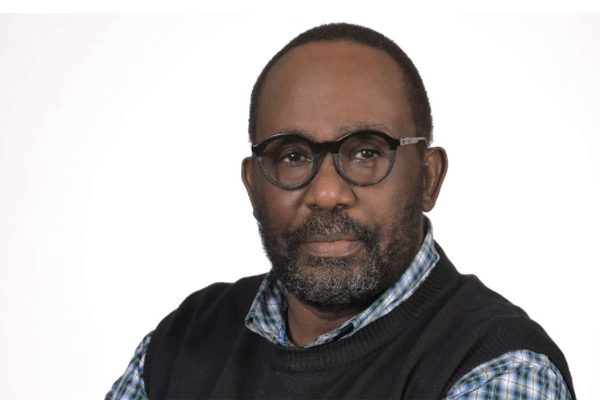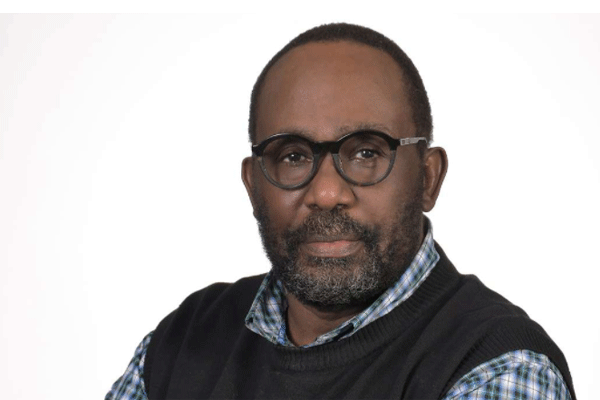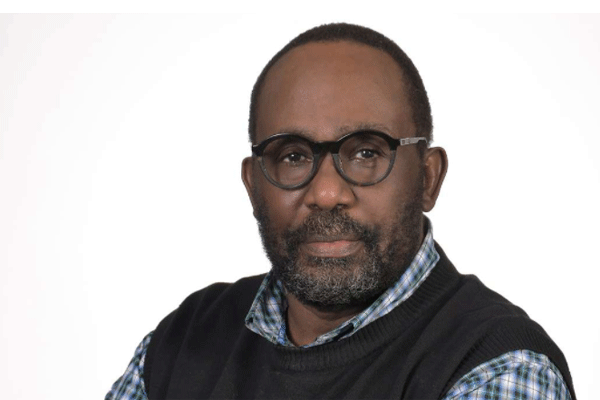Prime
Uganda Martyrs Day and a country’s mysteries (Part 1)

What you need to know:
- It is nearly beyond the realm of possibility that human attendance at any event would grow by 3,500 per cent over just a year, but it happened. At 3 million, Martyrs Day would easily be Africa’s second-largest religious pilgrimage.
Five years ago, at about this time, a story in Daily Monitor nearly floored me.
Reporting on Uganda Martyrs Day, which is marked on June 3 every year, the June 3, 2018 issue said, “At least 700,000 people are expected to attend the Uganda Martyrs Day celebrations at the Anglican Shrine Namugongo.”
That was a huge number, but the real blow away came when it added, “That number is 3,500 higher than last year’s, which stood at 20,000 according to officials on the organising committee.”
The paper didn’t say how many were expected to turn at the Uganda Martyrs Catholic Shrine in Namugongo, which has been described as “one of the largest Christian pilgrimage destinations in Africa”.
As many, if not more. That would have meant anything between 1.4 million – 1.6 million pilgrims attended the celebration that year.
On June 2, the paper reported that “organisers…said they were expecting about three million pilgrims at Namugongo” at the just-ended Martyrs Day.
It is nearly beyond the realm of possibility that human attendance at any event would grow by 3,500 per cent over just a year, but it happened. At 3 million, Martyrs Day would easily be Africa’s second-largest religious pilgrimage.
The top honours go to the annual Muslim pilgrimage to the holy city of Touba in central Senegal. An estimated 4-5 million individuals gather for the event.
You wouldn’t think so, but that far surpasses the number of faithful (2.5 million) who undertake the traditional Hajj to Mecca, Saudi Arabia.
Because Christians tend to be lazier at these things than Muslims and Hindus (there are several pilgrimages in India in a year, with the Magh Mela usually attracting around 10 million people), three million is a big deal.
I was crisscrossing Uganda last year in the days leading to the Martyrs’ Day and was struck by the number of people – usually the humbler Christians – trekking to Namugongo.
I realised then that was a bigger story here. Why do they go to these extremes for days to get to Namugongo? How much of it is faith? What other forces are at play?
I am still none the wiser and haven’t found anything out there that sheds new light.
Some pointers lie, as always, in history. Martyrs Day celebrates the courage and sacrifice of the 45 Christians - 23 Anglicans and 22 catholic converts - who chose execution rather than renouncing their faith during Kabaka Mwanga’s rule in Buganda.
The martyrs were executed between 1885 and 1887, and though the majority were Baganda, a few were from other parts of the country – a fact not well taught in schools.
There is a separate question about Mwanga; was he a nationalist hero battling a foreign religion that was undermining his realm politically, or an anti-Christ figure? In later years, a more favourable view of Mwanga has emerged.
If nothing else, heroes need someone to create them.
Some are unimpressed by Mwanga’s repressive credentials, arguing that killing 45 opposition members (as they would be regarded today) over two years was highly inefficient.
That is the number that is shot today in just a morning of anti-government protests, and less than half who were killed in the storming of King Charles Wesley Mumbere’s palace in Kasese by the army in 2016.
What is remarkable about Namugongo is that Uganda Martyrs Day has been observed only since 1975, making it one of the youngest religious pilgrimages in the world. It seems Uganda being led by military ruler Idi Amin, a Muslim, likely partly explains the timing.
While reversing decades of discrimination against Muslims, which were particularly extreme during the colonial period, Amin was seen as an Islamic punisher.
Christian priests had already fled into exile or been killed.
The murder in 1973 of Father Clement Kiggundu, who was also editor of the influential Catholic-linked Munno newspaper, in particular, continued to reverberate.
Amin increasingly saw Christian leaders as supporting foreign-based Ugandan dissidents, which was to lead to the killing of Anglican Archbishop Luwum on February 16, 1977, one of the most catastrophic atrocities of his rule.
But before that, Amin had led Uganda into the Organisation of the Islamic Conference (IOC) in 1974.
While he could have quashed the observance of Martyrs Day, with a post-Asian expulsion economic crisis setting in, Amin was a little politically shaky.
He needed something he could offer the Christian majority. He bargained by not standing in the way of Martyrs Day.
Thus in 1975, the same sense of persecution felt by the martyrs 88 years earlier informed the founding of the day in their honour. Martyrs Day then was never only about the martyrs.
There were strains in it informed by contemporary political persecution, and an escape from the tribulations and trials of the times, into the embrace of a broader religious community.
-Part 2 continues next week.
Mr Charles Onyango-Obbo is a journalist, writer and curator of the “Wall of Great Africans”. Twitter@cobbo3





